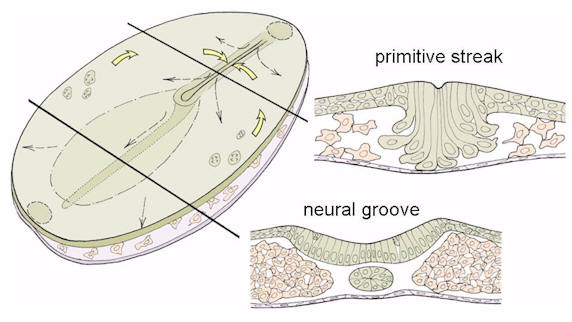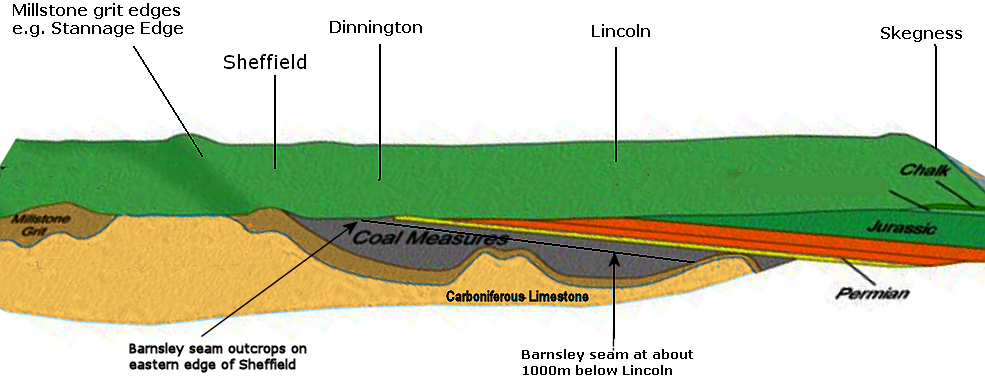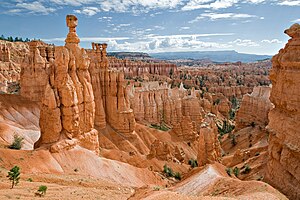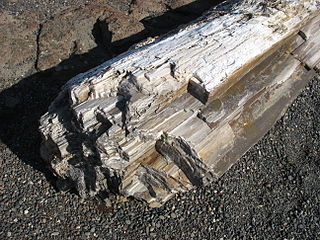I hardly have a wealth of info. Nature does. It's this abundance of natural evidence, and your resistance to it, that makes your thinking so seriously flawed. In all the dialogue I've had with you, you've made no real effort to understand it.
You see it every day. You just ignore it.
Oh really? So now you pretend to know something about all animals? One of the earliest creatures is the cyanobacteria (which left fossils around 3.5 billion years old). It has features of both animals and plants, and is a closely related to both, if not a common ancestor.

The problem with your statement about design is that cyanobacteria are not designed. They are the product of chemistry. You can no longer claim they are "designed" than to say the shape of the water molecule is "designed". It's not. It has a shape that best distributes the electrical charge, in obedience to natural law.

Is this designed? No, it's the intrinsic property of the configuration of atoms, nothing more. Waht about this:

No, it's the optimum spacing between molecules, made possible when sufficient heat is removed from liquid water to form ice crystals. Is it designed? Of course not. It's simply the intrinsic property of the individual molecules, forming a compact geometric structure in accordance with the laws of nature.
Getting from these structures to the structures that comprise the cyanobacteria above is your first step in understanding that it's not design, but merely the intrinsic properties of chemicals that permits things like a cell wall and a nuclear helix. At this level of analysis, you need only understand electrical charge and geometry. It's that simple.
The helical geometry of DNA is not designed. It's intrinsic to this polymer.

That's coming from a position of deliberate indifference about the laws of nature, not from a position of information. All life is related, and at each fork in the phenotypes (physical differences) the "relatives" owe their existence to the success of the common ancestor. There are countless examples.
First of all, evolution has little to do with how things look to you. You, of all people. Sickle cell anemia evolved in Africa in resistance to the mosquito that carries malaria. But you can't see the result. And you certainly can't see the virus that evolves every flu season, in response to the global effect of human immune systems. But when you fall ill, you are experiencing evolution in real time. The virus that infects you has survived because of the lack of immune response. Odds are, by the time you are infected, you, too, will lack immunity. This is the problem with the oversimplifications you are using to dismiss the wealth of evidence around you.
That's contradictory. Small variations in a few generations will tend to accumulate over many generations, producing the radical differences you are looking for.
So true, the chemical arrangements/responses are caused by the laws of nature, which are laws of intelligent design too, as far as I think.
This principle of nature being a response with many options, but following the paths of least resistance and probability, is overlooked by creationists who prefer a more contrived creation.
But what you have pointed out is true, regardless of ID theory or not, and a very important factor in understanding nature.
Although this places all life forms with a common ground, and I do recognise common ancestors, but as individual designs rather than a few common ancestors.
I think in another post you showed that it has taken many common ancestors to produce a particular surviving type. It is a logical argument, but nature in our world does not seem to be so careful in selecting the best, and it too, is just stuggling to reproduce at any rate to survive.









